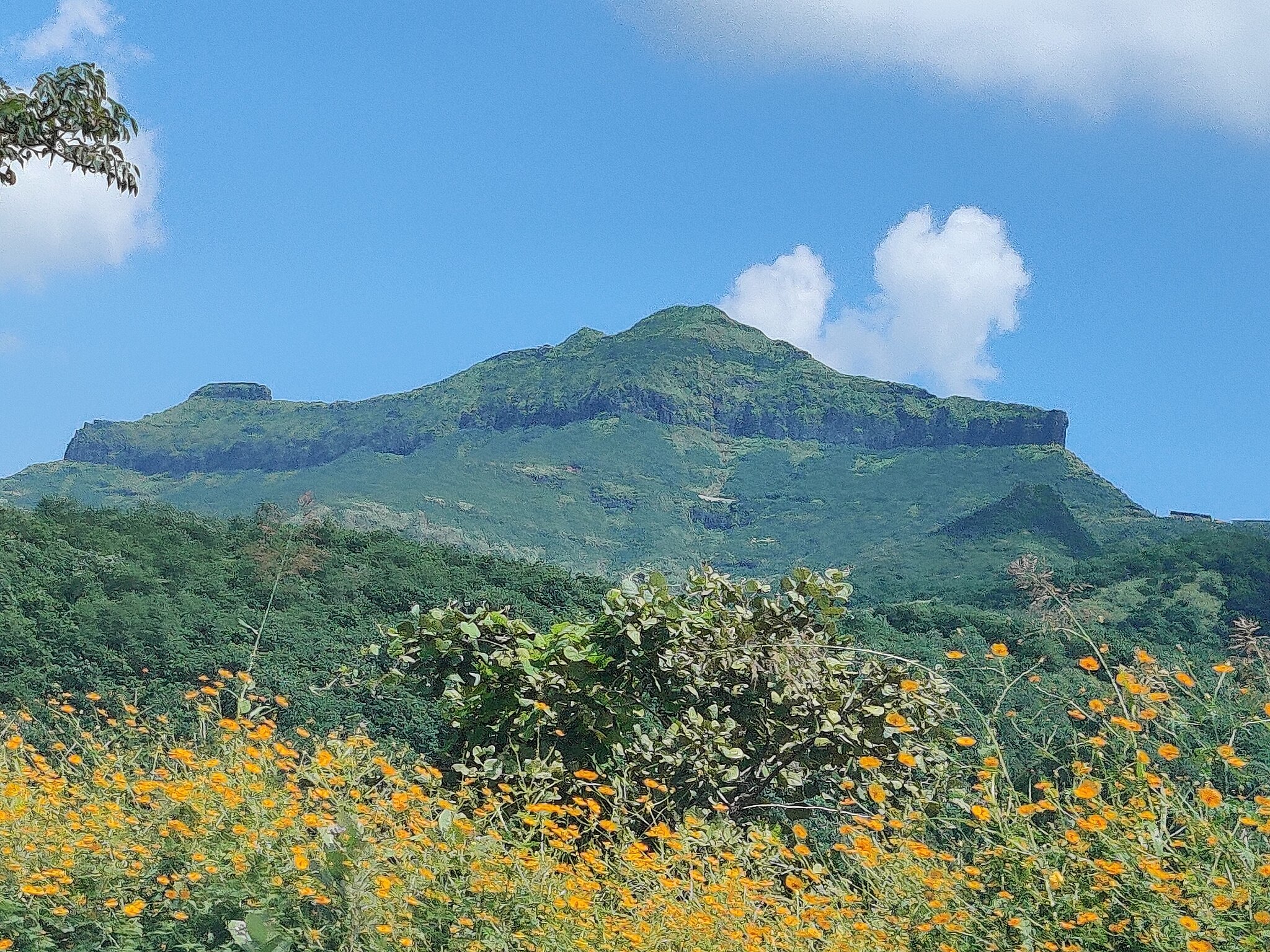Nestled in the heart of the Sahyadri mountain range in Maharashtra, Purandar Fort stands as an epitome of history, valor, and the serene beauty of nature. This formidable fort has witnessed centuries of historical events and continues to attract trekkers, history enthusiasts, and those seeking to explore Maharashtra’s rich heritage.
History of Purandar Fort:
Purandar Fort’s roots extend over two millennia, making it one of Maharashtra’s ancient hill forts. Initially known as “Purandru,” meaning “the destroyer of cities” due to its impregnable defenses, the fort gained prominence during the Maratha Empire. Chhatrapati Shivaji Maharaj’s capture of Purandar Fort in 1646 marked a significant chapter in its history. Throughout the centuries, it bore witness to battles, changing dynasties, and historical milestones.
Architecture and Structures:
The architectural grandeur of Purandar Fort mirrors the military brilliance of its era. Its massive stone walls, robust bastions, and imposing gateways are a testament to its strategic importance. The fort encompasses two distinct hilltops, Purandar and Vajragad, each offering unique attractions. The Narayaneshwar Temple, dedicated to Lord Vishnu, stands as a notable structure within the fort’s precincts. Trekkers and nature enthusiasts are also drawn to the picturesque landscapes surrounding the fort.
Cultural and Historical Significance:
Beyond its historical value, Purandar Fort is a cultural treasure trove. It symbolizes the indomitable spirit of Chhatrapati Shivaji Maharaj and the Marathas in safeguarding their land and heritage. The fort also holds a significant connection to the social reformer Sane Guruji, who established a school within its premises during British rule.
Visitor Information:
Reaching Purandar Fort involves a scenic trek through lush forests, rocky paths, and steep ascents. The fort welcomes visitors year-round, with a nominal entry fee. Embarking on a trek to Purandar offers an adventure that immerses you in the pristine natural beauty of the Sahyadri mountains.
Best Time to Visit:
The post-monsoon season, spanning from October to March, presents the ideal window to explore Purandar Fort. During this period, the weather is pleasant, and the landscapes burst forth with lush greenery, setting the stage for an unforgettable trekking experience and full appreciation of the fort’s historical and natural marvels.
Nearby Attractions:
The vicinity of Purandar Fort offers several attractions, including the twin forts of Rajgad and Torna, both closely associated with Chhatrapati Shivaji Maharaj. Nature enthusiasts can explore the scenic Bopdev Ghat and pay a visit to Baneshwar Temple, renowned for its tranquil ambiance.
FAQs (Frequently Asked Questions):
1. Is there an entry fee to visit Purandar Fort?
Yes, there is a nominal entry fee to visit Purandar Fort. The fee helps in the maintenance and preservation of this historical site.
2. How difficult is the trek to Purandar Fort, and is it suitable for beginners?
The trek to Purandar Fort can be moderately challenging, with steep ascents and rocky terrain. While it’s doable for beginners, it’s advisable to be adequately prepared with suitable footwear and provisions.
3. Are there any accommodation options available near Purandar Fort?
There are limited accommodation options in the vicinity of Purandar Fort. Many visitors prefer to stay in Pune, which is approximately 40 kilometers away, and visit the fort as a day trip.
4. Can I visit the Narayaneshwar Temple within the fort’s premises?
Yes, the Narayaneshwar Temple is accessible to visitors, and it’s a significant spiritual and historical attraction within Purandar Fort.
5. Are guided treks available to Purandar Fort, and how can I arrange one?
Yes, guided treks to Purandar Fort are available through local trekking groups and adventure tour operators in Pune. It’s recommended for those unfamiliar with the trail or seeking additional insights into the fort’s history.
Conclusion:
Purandar Fort invites you to embark on a remarkable journey through history, valor, and the serene beauty of the Sahyadri mountains. It is more than just a fort; it’s a living testament to the courage and determination of Chhatrapati Shivaji Maharaj and the Marathas. As you trek its challenging trails and explore its ancient structures, you are not merely visiting a historical site; you are becoming a part of a timeless saga of valor, resilience, and the enduring allure of Maharashtra’s heritage.
Featured Image – https://en.wikipedia.org/
